- Water Towers of the World
Glacier National Park is famous for its mountainous landscape and glacially carved terrain. What many people don’t realize is that mountain glaciers provide more than just scenery. Glaciers are an integral part of the ecosystem, providing water to mountain and downstream environments. In today’s warming climate, these giant marvels of […]
- Snowflakes
In the Flathead Valley we are lucky to be able to experience “winter water” in the form of snow. Evaporation from the ocean, lakes, streams, plants, and even our breath puts water vapor into the air. When the air is cold enough snow flakes grow from that water vapor, literally […]
- Art: All About Us
BY LUCY SMITH Art has something wonderful and germane to teach each of us; one of the first lessons being that Art doesn’t start out on a wall or a pedestal. Art is created when someone is inspired (or hired) to record something noteworthy. It is a lens, focused on […]
- An Abbreviated History of the Creston National Fish Hatchery
By: Mark Maskill The site for the Glacier Park National Fish Hatchery was selected in 1935 by officials of the National Park Service (NPS). In December of 1935 an option was taken on the Jessup Mill Property by interested friends of the NPS. Legislation authorizing the purchase was initiated in […]
- Flood Facts & Fiction
by Patti Mason A lot of people think floods only happen in the Midwest, or east of the Mississippi River. Are we really safe from floods here? No. A flood happens when there is more water flowing down a river channel than the river can hold. Some of the water, […]
- Native Plants: Surviving the Winter
By Lindsay Steinbauer Winter is here and you know what that means – howling wind and frigid snow! Each year, as the days get shorter, the temperatures drop, making survival more difficult for our local native plant species. This means that only those plants that are specially adapted to such […]
- Native Plant Pollinator Gardens and Place-based Education
By Diann Ericson “Pollinator” is a collective word referring to dozens of species that spread pollen. Many pollinators are common species, including bees, butterflies, moths, wasps, flies, ants, beetles, bats and hummingbirds. We see them, hear them and benefit from their work every day of our lives. Like them or […]
- The Story Behind the Landscape
By: Lex Blood With the return of winter and snow to the mountains and floor of the Flathead Valley, we are reminded of a time beginning about 2 million years ago and concluding about 10,000 years ago when great masses of ice up to 3,000 feet thick periodically covered almost […]
- Melt Down: Spring Thaw and Climate Change
By Patti Mason After the spring equinox on March 20th, the days get longer and allow the earth in the northern hemisphere to absorb heat. The sun shines down on the peaks that rim our valley, defining the boundaries of the Flathead basin watershed. The snow which has accumulated in […]
- Harvest
By: Ansley Ford Fall is a delicious time of year in the Flathead Valley! Farms and gardens are overflowing with the summer’s bounty. Melons, apples, potatoes, squash, and many other colorful, nutritious fruits and veggies are ripe for the picking. Whether you’re harvesting from your own backyard garden or taking […]
- Bloomin’ and Movin’
By Nancy Zapotocki, former Flathead Audubon Education Coordinator The cold of winter is melting away, with the warming arrival of spring. As day length changes and temperatures slowly increase – a wake-up (and welcome back) call goes out to many inhabitants in northwest Montana. One of the earliest plants of the […]
- Barber Creek Restoration
Barber Creek Pit more commonly called Barber Pit, a ten acre piece of United States Forest Service (USFS) land in Section 32, has served the Swan Valley in many capacities over the years. Besides the obvious use as wildlife habitat, it has been a Montana Department of Transportation gravel pit, […]
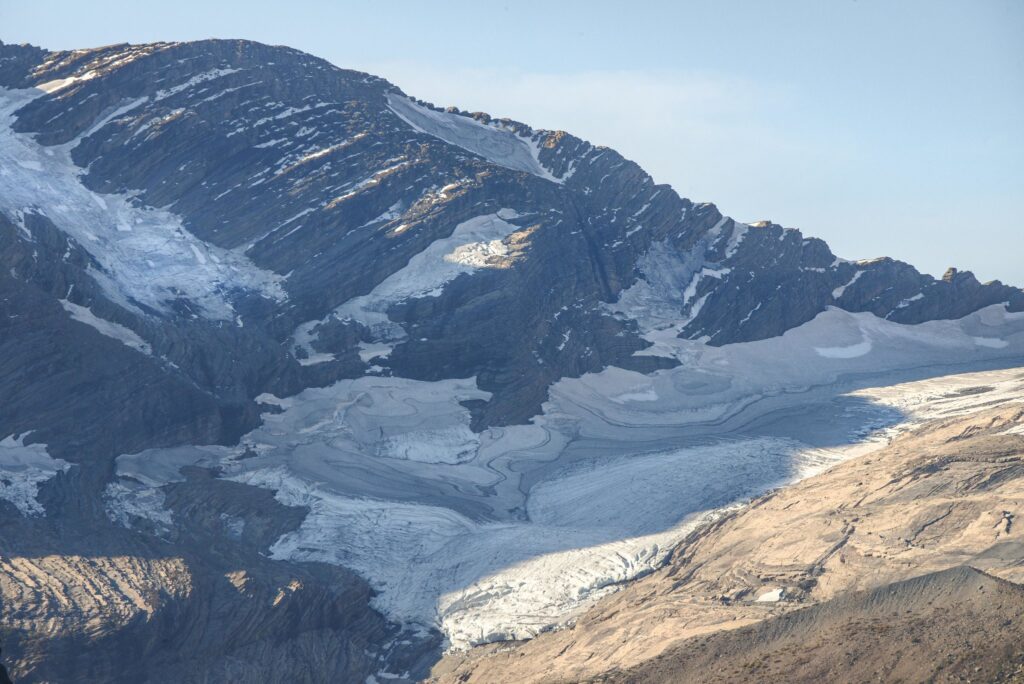 Glacier National Park is famous for its mountainous landscape and glacially carved terrain. What many people don’t realize is that mountain glaciers provide more than just scenery. Glaciers are an integral part of the ecosystem, providing water to mountain and downstream environments. In today’s warming climate, these giant marvels of […]
Glacier National Park is famous for its mountainous landscape and glacially carved terrain. What many people don’t realize is that mountain glaciers provide more than just scenery. Glaciers are an integral part of the ecosystem, providing water to mountain and downstream environments. In today’s warming climate, these giant marvels of […]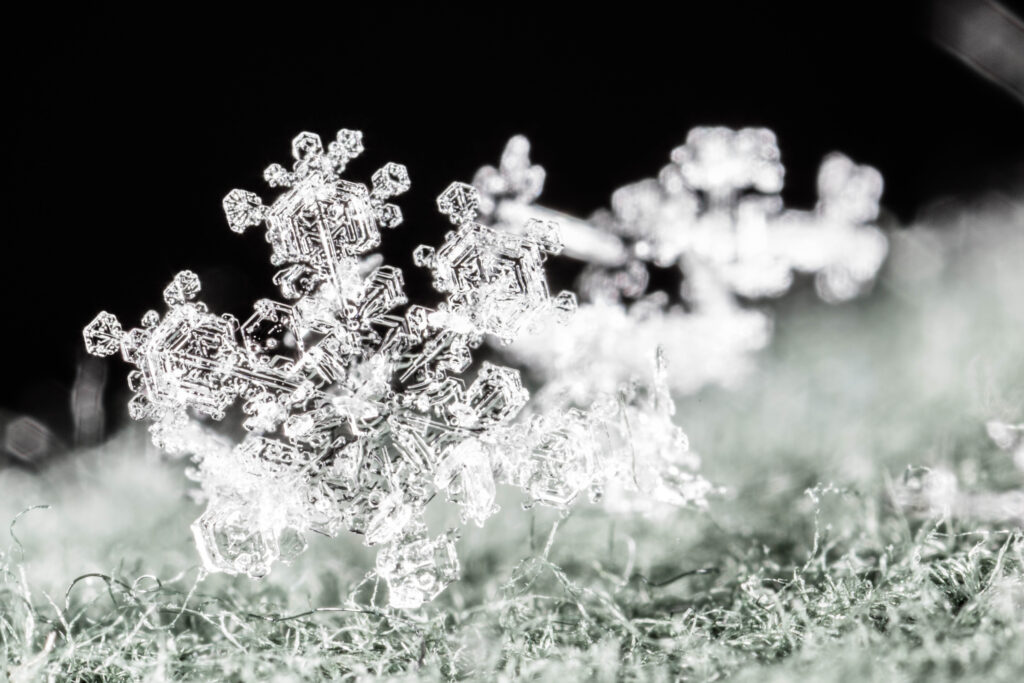 In the Flathead Valley we are lucky to be able to experience “winter water” in the form of snow. Evaporation from the ocean, lakes, streams, plants, and even our breath puts water vapor into the air. When the air is cold enough snow flakes grow from that water vapor, literally […]
In the Flathead Valley we are lucky to be able to experience “winter water” in the form of snow. Evaporation from the ocean, lakes, streams, plants, and even our breath puts water vapor into the air. When the air is cold enough snow flakes grow from that water vapor, literally […]![Margaret Barr's "Strange Children" [ballet], 1955 / photographer unknown](https://flatheadcore.org/wp-content/uploads/2024/03/4944459226_e4c3f8fe5b_o-1024x745.jpg) BY LUCY SMITH Art has something wonderful and germane to teach each of us; one of the first lessons being that Art doesn’t start out on a wall or a pedestal. Art is created when someone is inspired (or hired) to record something noteworthy. It is a lens, focused on […]
BY LUCY SMITH Art has something wonderful and germane to teach each of us; one of the first lessons being that Art doesn’t start out on a wall or a pedestal. Art is created when someone is inspired (or hired) to record something noteworthy. It is a lens, focused on […]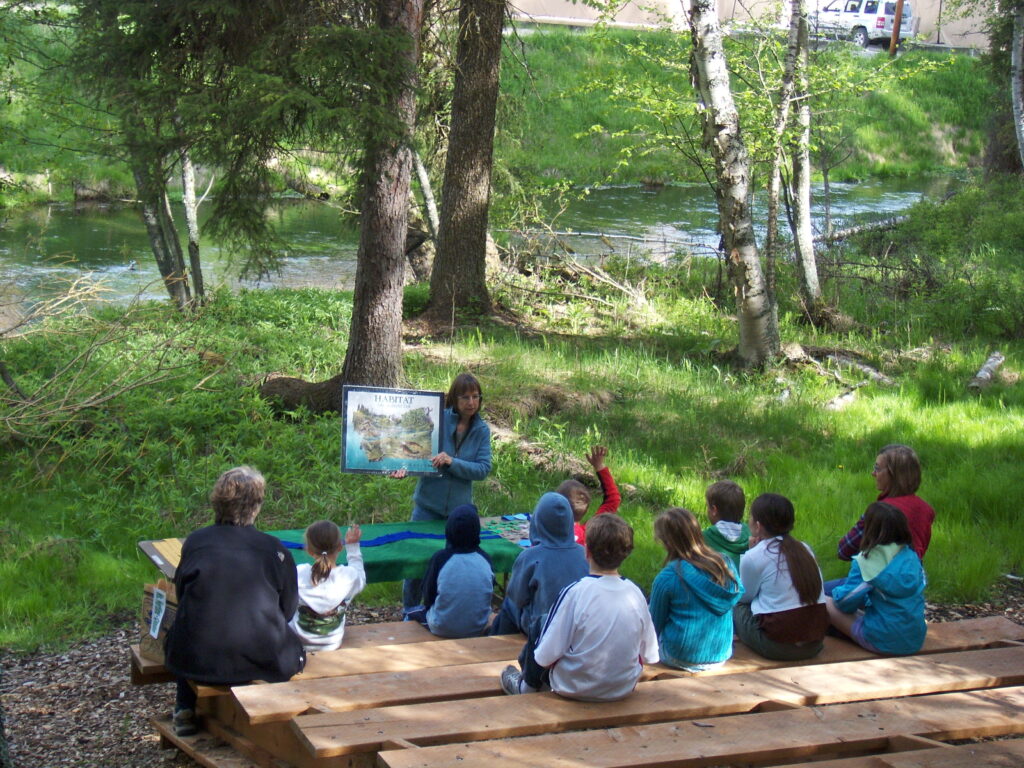 By: Mark Maskill The site for the Glacier Park National Fish Hatchery was selected in 1935 by officials of the National Park Service (NPS). In December of 1935 an option was taken on the Jessup Mill Property by interested friends of the NPS. Legislation authorizing the purchase was initiated in […]
By: Mark Maskill The site for the Glacier Park National Fish Hatchery was selected in 1935 by officials of the National Park Service (NPS). In December of 1935 an option was taken on the Jessup Mill Property by interested friends of the NPS. Legislation authorizing the purchase was initiated in […]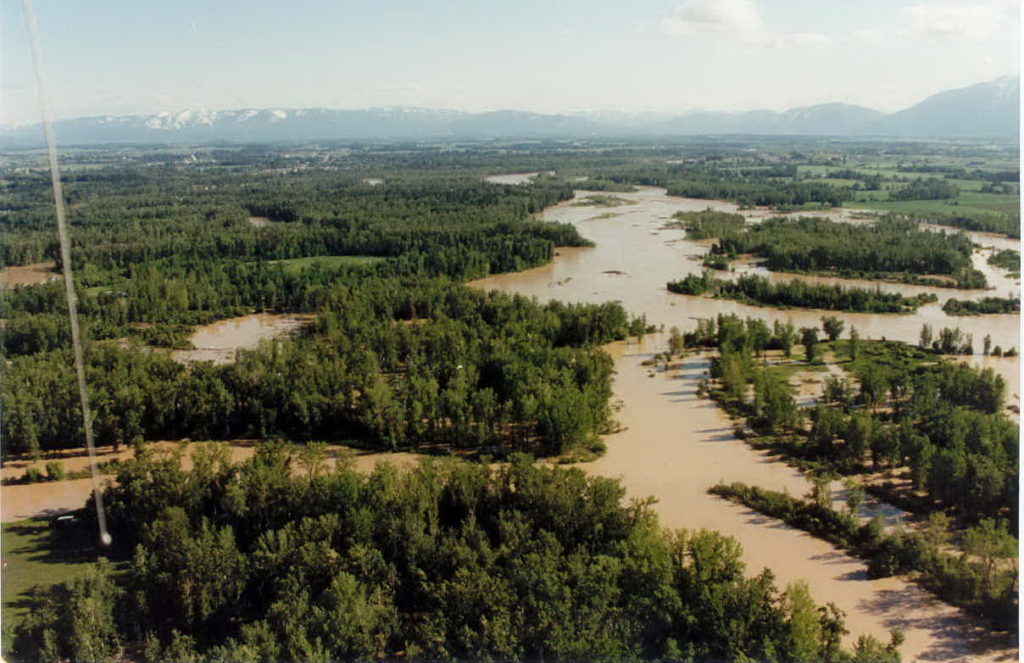 by Patti Mason A lot of people think floods only happen in the Midwest, or east of the Mississippi River. Are we really safe from floods here? No. A flood happens when there is more water flowing down a river channel than the river can hold. Some of the water, […]
by Patti Mason A lot of people think floods only happen in the Midwest, or east of the Mississippi River. Are we really safe from floods here? No. A flood happens when there is more water flowing down a river channel than the river can hold. Some of the water, […]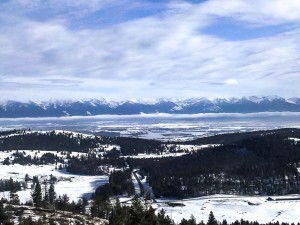 By Lindsay Steinbauer Winter is here and you know what that means – howling wind and frigid snow! Each year, as the days get shorter, the temperatures drop, making survival more difficult for our local native plant species. This means that only those plants that are specially adapted to such […]
By Lindsay Steinbauer Winter is here and you know what that means – howling wind and frigid snow! Each year, as the days get shorter, the temperatures drop, making survival more difficult for our local native plant species. This means that only those plants that are specially adapted to such […]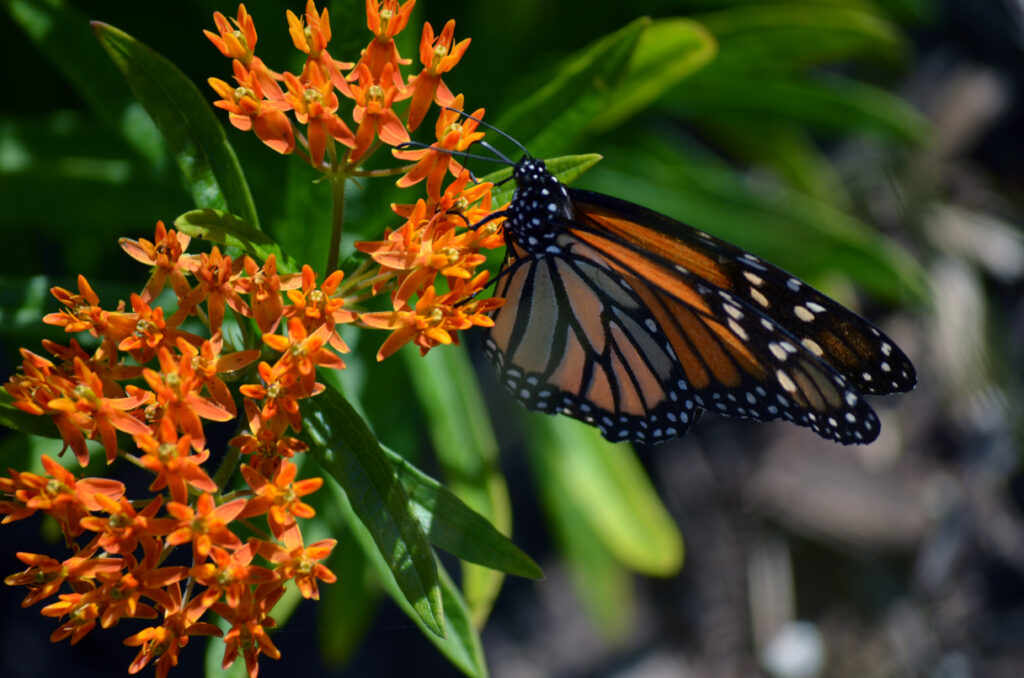 By Diann Ericson “Pollinator” is a collective word referring to dozens of species that spread pollen. Many pollinators are common species, including bees, butterflies, moths, wasps, flies, ants, beetles, bats and hummingbirds. We see them, hear them and benefit from their work every day of our lives. Like them or […]
By Diann Ericson “Pollinator” is a collective word referring to dozens of species that spread pollen. Many pollinators are common species, including bees, butterflies, moths, wasps, flies, ants, beetles, bats and hummingbirds. We see them, hear them and benefit from their work every day of our lives. Like them or […]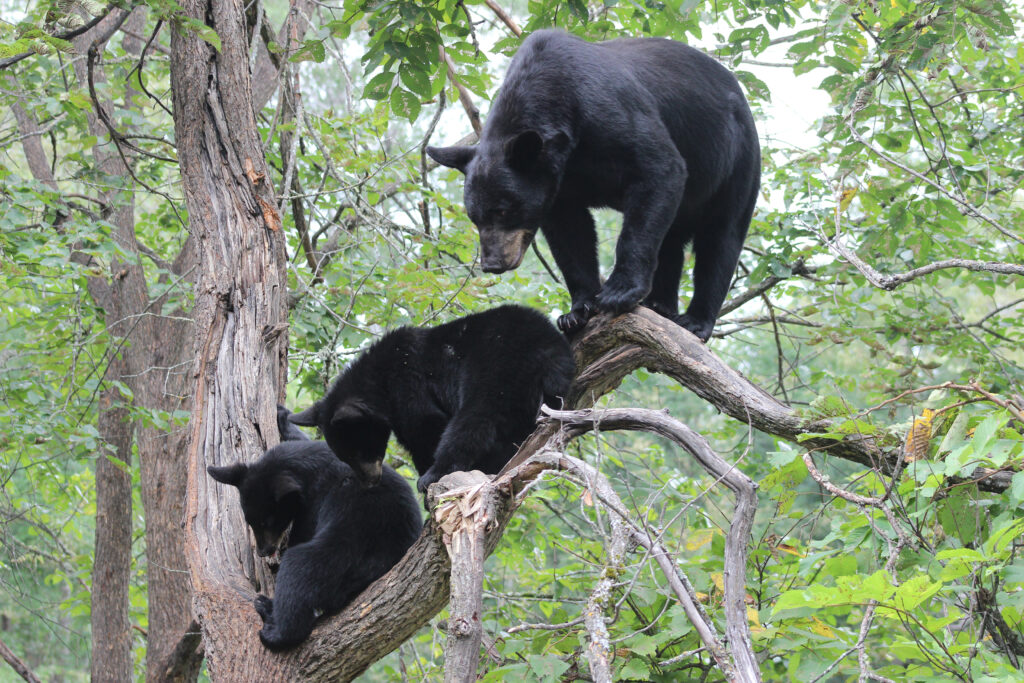 By Nancy Zapotocki, former Flathead Audubon Education Coordinator The cold of winter is melting away, with the warming arrival of spring. As day length changes and temperatures slowly increase – a wake-up (and welcome back) call goes out to many inhabitants in northwest Montana. One of the earliest plants of the […]
By Nancy Zapotocki, former Flathead Audubon Education Coordinator The cold of winter is melting away, with the warming arrival of spring. As day length changes and temperatures slowly increase – a wake-up (and welcome back) call goes out to many inhabitants in northwest Montana. One of the earliest plants of the […]
0 Comments